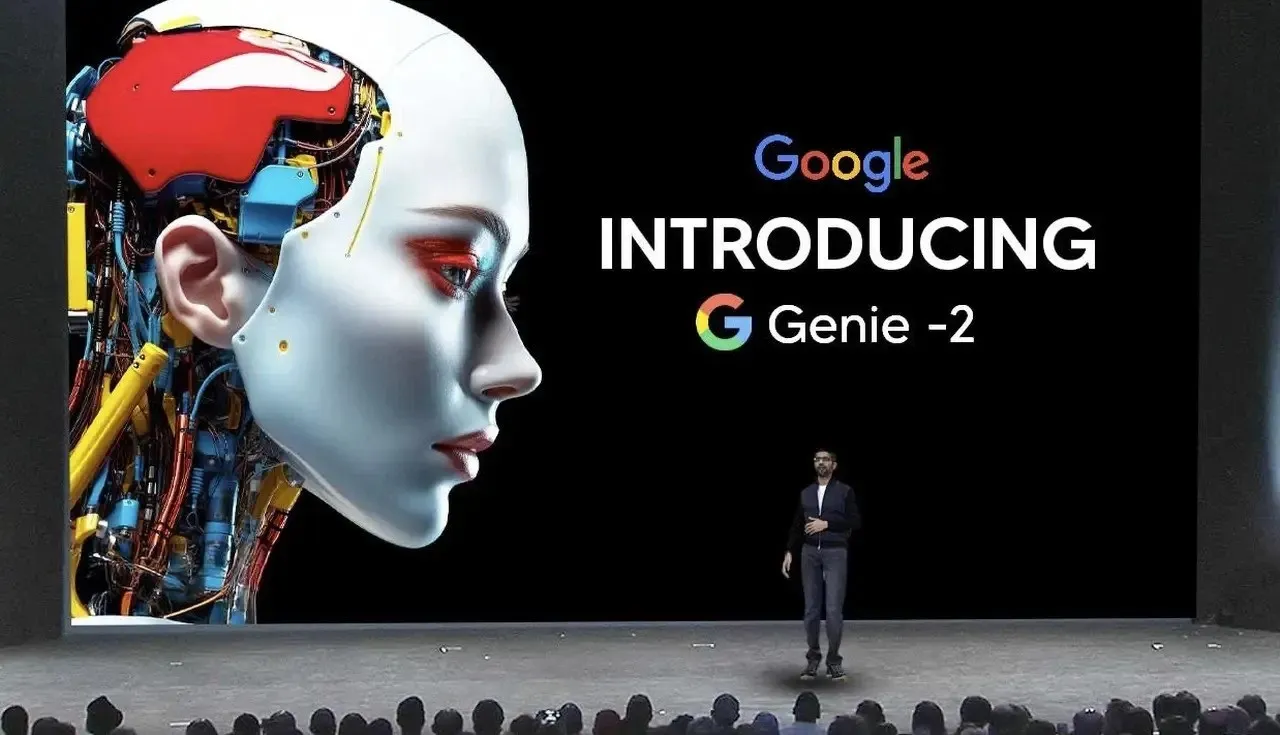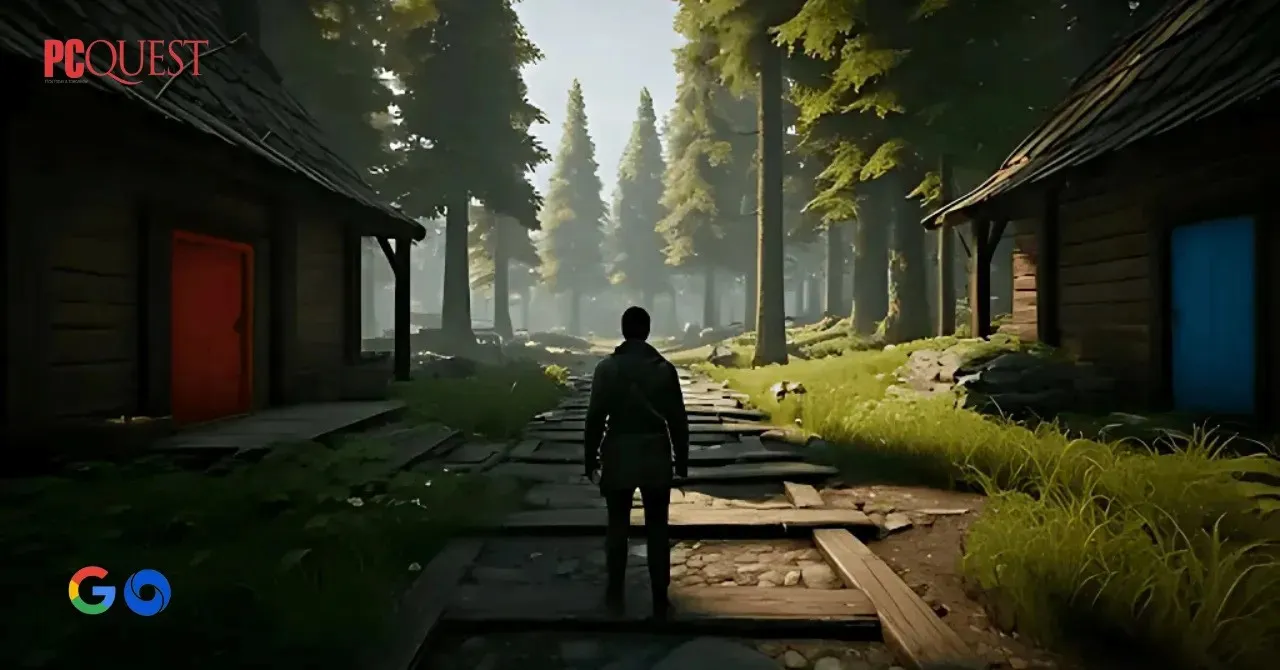

By: Ali Pourbehzadi
The first generation of Google Genie was officially launched in February 2024. It originated as a project within Google’s DeepMind division, focused on leveraging generative AI to enhance user creativity. Now with the launch of Google Genie 2, Google is signifying a major leap forward in AI-driven world modeling, bringing us closer to a reality where open-world video games can be created entirely by artificial intelligence.
How it started
The initial version of Genie was designed to assist developers and creators by generating assets for 2D and 3D environments, such as textures, animations, and simple game designs. This early focus made it particularly useful for indie developers and educational applications. With advancements in AI and Google learning, Google tried to expand Genie’s capabilities to include interactive storytelling, procedural content creation, and dynamic responses based on user inputs. The improvements mentioned made Genie a tool not only for game developers but also for broader applications in virtual simulations and education, all deriving from text or image prompts. The system relied on a novel training methodology that included over 200,000 hours of gaming videos to infer possible actions within virtual worlds, allowing it to create coherent and interactive environments without action labels during training.
Google Genie 2 was officially introduced by Google DeepMind on December 4, 2024, representing a major evolution. It incorporates an advanced Latent Diffusion Model (LDM) for high-quality, context-aware generation of 3D worlds and gameplay elements. Another key feature is its Latent Action Model (LAM), analyzing sequences of user input and video frames to infer unseen interactions, which makes virtual environments feel more lifelike and immersive. The tool enables rapid prototyping for game developers and creative exploration for hobbyists, significantly lowering the technical barriers to creating complex virtual spaces.
Comparison between Genie 1 and 2
Core Capabilities
Genie 1 is focused on generating 2D interactive environments using inputs like sketches, photos, or AI-generated images. Its primary applications were in game prototyping and training AI agents within 2D simulations. On the other hand, Genie 2 has expanded to include fully immersive 3D virtual worlds. It also brings new features like long-horizon memory, enabling the AI to remember off-screen elements and simulate dynamic interactions across broader environments.
Input Flexibility
While Genie 1 requires simple inputs and generates straightforward 2D environments, Genie 2 Accepts more complex prompts, including real-world images and detailed text descriptions, creating richer, more nuanced 3D spaces. This version also supports counterfactual simulations, which allow users to explore alternate scenarios based on their prompts.
Training Data and Techniques
Genie 2 is built upon its predecessor’s training data (200,000 hours of publicly available gaming videos), but it also includes an enhanced latent action model and spatiotemporal video tokenizers for better long-term action planning and world consistency.
Interactivity and Realism
Genie 1 is limited to simple 2D interactions at lower frame rates (approximately 1 frame per second), making it more suitable for early prototyping than realistic simulations. Genie 2 on the other hand, achieves significantly higher interactivity with improved frame rates and visual fidelity, creating experiences closer to modern 3D games. It supports more complex physics, object deformation, and dynamic world behaviors.
Applications
Genie 1 is primarily used for educational and experimental purposes, such as training AI agents and testing procedural game creation, whereas Genie 2 targets broader industries, including game development, virtual training environments, and AI safety research. It also facilitates more advanced prototyping and creative exploration.
Scalability and Future Prospects
Genie 1 served as a foundational model for interactive world creation but was limited in scalability and complexity. Genie 2 has significantly scaled up, utilizing a more robust framework for generating vast, interconnected 3D environments. It’s a step toward developing generalist AI capable of training across diverse, procedurally generated scenarios.
In summary, Genie 2 builds on the groundwork laid by Genie 1, transitioning from simple 2D interactivity to fully immersive 3D environments with enhanced realism, broader applications, and more sophisticated AI training capabilities.
To learn more, check out the links below:
https://deepmind.google/discover/blog/genie-2-a-large-scale-foundation-world-model/








I think Google Genie 2 has a better UI compared to other AI apps.
The rapid growth of artificial intelligence and the recent unveiling of Google Genie 2 can be both fascinating and frightening.
Google Genie 2 is a new and amazing generation.
I like where AI is going and it’s always nice to read about advancements or progress made in the field.